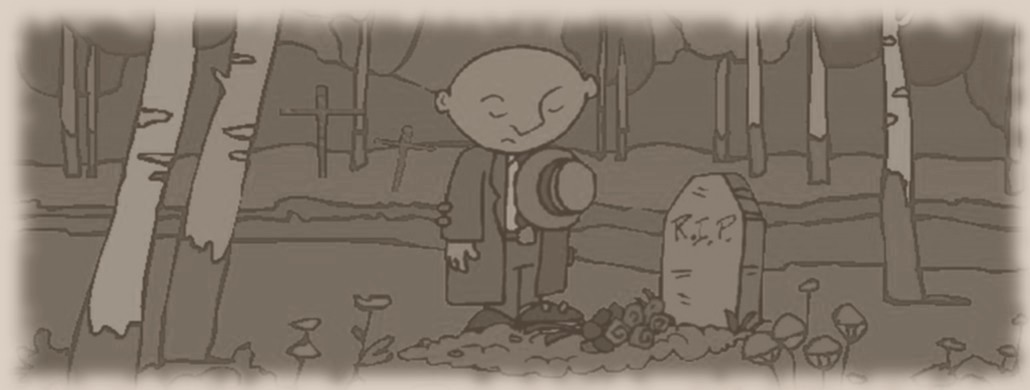
[Germany, Autumn 1918] While the war was raging, one catastrophe affected enemies and allies alike – the Spanish flu pandemic. People in all countries and continents feared this devastating pandemic.
The pandemic
Within a few months, it killed more people worldwide than the war, an estimated 20 to 50 million. The close quarters and massive troop movements of World War I hastened the pandemic, countless soldiers died. But the enemy did not know about it because the press was censored in France, Germany and England. Only from neutral Spain news spread about a dreadful pandemic and extensive numbers of patients, so the pandemic got its name: Spanish flu.
A first wave in the spring of 1918 was highly contagious but weak. A second in autumn demanded within a few months as many victims as the plague in the entire 14th century. A third wave followed at the beginning of 1919. Especially people between twenty and forty years of age died. The severe illness led to violent ear and eye ache, limb pain, coughing cramps, dyspnea and delirium, often followed by pneumonia. In many cases the patient’s blood did not carry enough oxygen into the lungs, the skin darkened. People mistook the black spots for the plague. Doctors and nurses knew that a person whose feet were black would not survive.
In the last days of October, the Spanish flu raged very devastatingly. There was hardly any more space in the hospitals, doctors, nurses and all their staff were overworked and exhausted.
A radical step
These days Emil and Lena Bergmann made a radical step. “The Spanish flu claims the lives of the younger and rather than the elder,” said Emil. And so he and Lena went to the local hospital to take care of the sick. But the two were almost 80 years old and exhausted by the long work and deprivation. One day, on the way home, Lena shivered, she had to lie down. She got a fever and fell ill herself.
Emil was sitting by her side when she passed away. In the few hours of farewell to his beloved wife, he let their life together pass through his mind. Their years as a young couple, their lifelong friendship with Sophie and Andras Csabany, their first year in America, rebuilding on the “Mountain Men vineyard” in Virginia after the Civil War, Indian Summer in the Shenandoah Valley, then Bismarck’s war, the birth of her daughter Susan, and their second trip to America for the wedding of Lorenz’s daughter Amber, who for them was like a little sister. Their daughter Susan, playing around Lorenz’ “Merry Dragon” country inn, all enchanted about the little yellow flowers around, the black-eyed Susan. “We spent our whole life together,” he said softly, “why should I leave her alone now?” A little later, he died too.

Be the first to comment